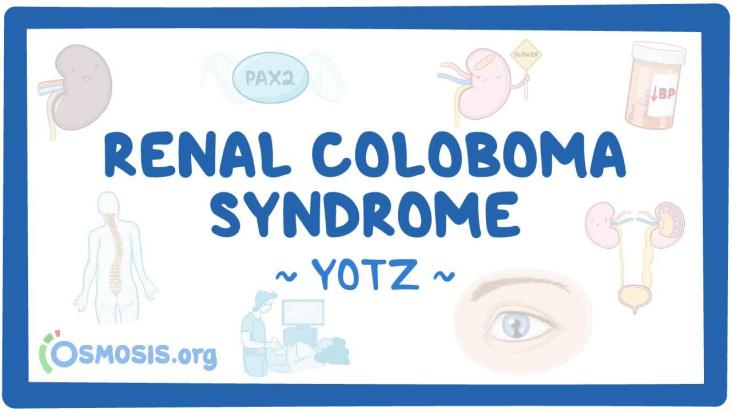The BRIDGES consortium, the first initiative of its kind funded by NIDDK, is designed to increase diversity and support early-career scientists from underrepresented backgrounds in securing research funding in nutrition, obesity, diabetes, and related fields. By providing tailored mentoring, career development, grant-writing support, and pilot funding across four leading programs nationwide, BRIDGES empowers the next generation of scientific leaders to drive innovation and address critical health disparities.
This study analyzes how healthcare, health, and social factors contribute to high out-of-pocket health expenditures (OOPE) among informally employed Cambodian households without prepayment schemes, finding that healthcare-related factors are the largest drivers of financial hardship. The authors recommend expanding prepayment schemes focused on comprehensive outpatient care, essential medications, and higher-level services, while also addressing noncommunicable diseases and injuries to improve financial protection.
Microbiota-Gut-Brain Axis and CNS Disorders: Recent Progress and Perspectives, 2025, pp 19-41

Rare Disease Education: Exocrine Pancreatic Insufficiency
Editor: Kelsey LaFayette, DNP, RN, FNP-C


